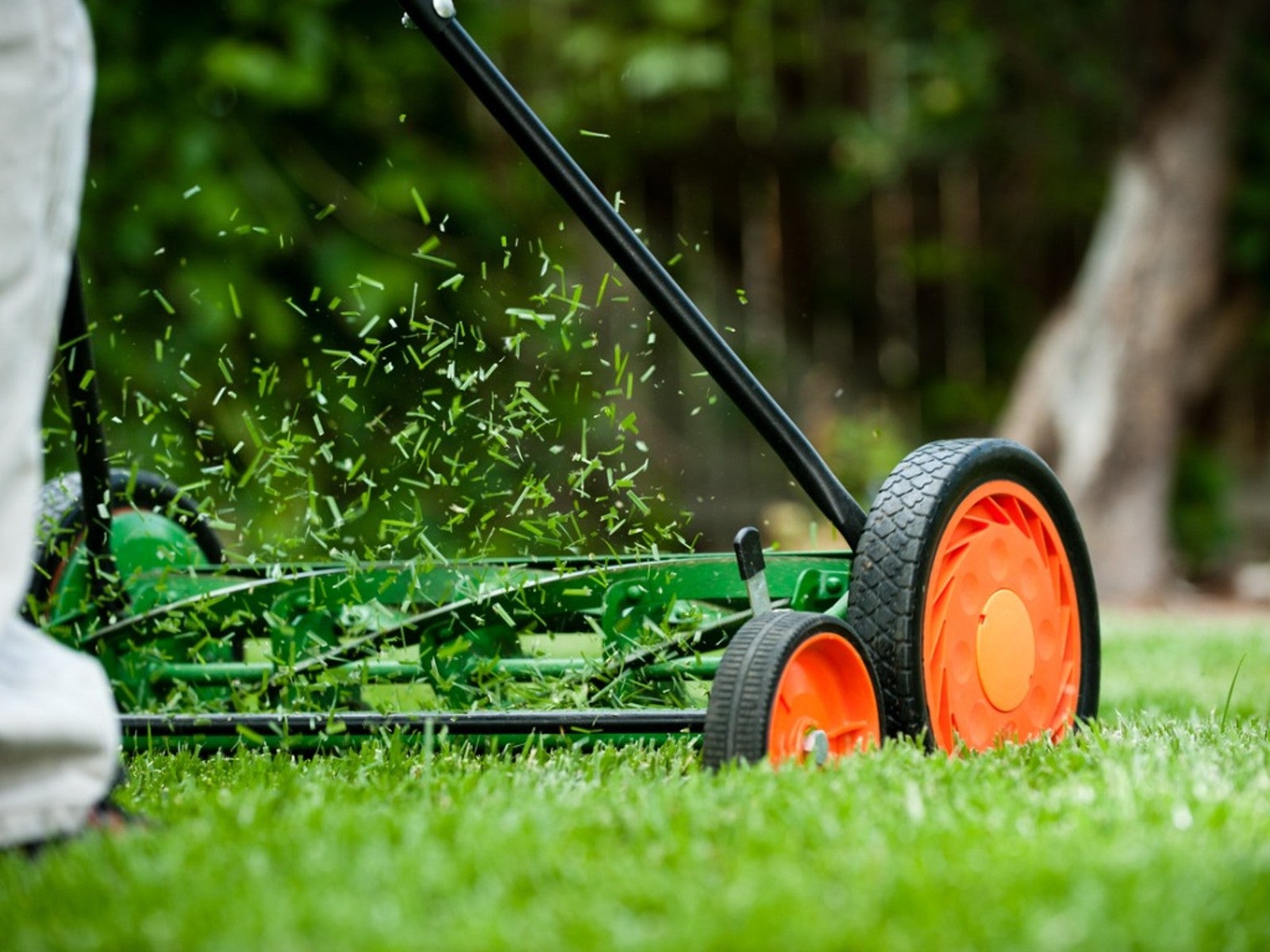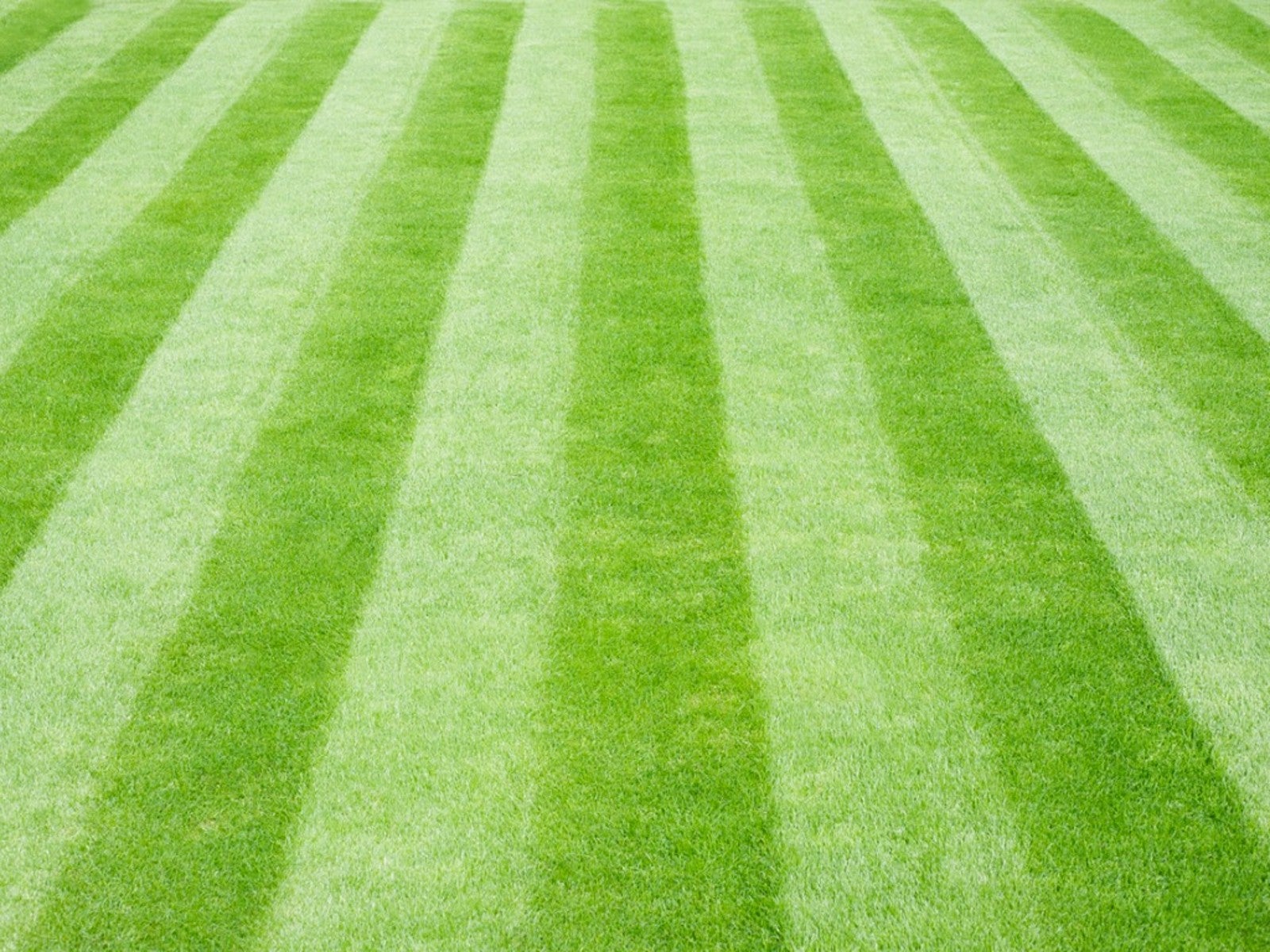Fixing An Overwatered Lawn – What To Do About Overwatered Grass


Enough but not too much, that’s a good rule for many things, including watering your lawn. You know the poor results of too little irrigation, but overwatered grass is unhappy grass too. Overwatering the lawn drowns the grass plants and can cause yellow or bare spots. If you were overly generous with water, start fixing an overwatered lawn as soon as possible. Read on for information on overwatered grass, including tips on how to repair an overwatered lawn.
Can Grass Be Overwatered?
Many gardeners don’t realize that water can be both good and bad for their lawns. Can grass be overwatered? Yes, it can, and the consequences for that smooth carpet of green are not pleasant. Overwatered grass is not just the result of too-eager homeowners. Water on the lawn can come from humidity and showers, as well as sprinkler hoses. And hot, wet summers are not an occasional happenstance in some locales.
Signs of Overwatering the Lawn
A little investigation can tell you if you are overwatering the lawn. If your grass squishes a few hours after watering, that’s a sign. Dying patches of grass can also signal overwatering issues. Other symptoms include an abundance of weeds like crabgrass and nutsedge, thatch, and fungal growth like mushrooms. Runoff after irrigation is another sign, as well as yellowing grass.
Fixing an Overwatered Lawn
Once you realize that you have overwatered the lawn, you need to take action. How to repair an overwatered lawn? The first steps are evaluating the overwatering issue. How much water does the grass on your lawn require? How much does it get from rain? How much is your sprinkling system providing? These types of questions are essential for cutting back irrigation and fixing an overwatered lawn. You’re better off watering thoroughly but only occasionally than sticking to a rigid schedule. Finally, consider lawn treatment services if your lawn has brown or yellow patches and other issues that don’t go away when you reduce watering. Fixing an overwatered lawn can include aerating and de-thatching your yard. Aerating encourages healthier grass and takes care of compacted soil. All you have to do is to run a power core aerator over the lawn to pull up plugs of dirt. This opens up areas in the under-soil to stimulate new root growth. It also slits open the soil’s surface and allows nutrients and water to pass through to soil underlayers.
Gardening tips, videos, info and more delivered right to your inbox!
Sign up for the Gardening Know How newsletter today and receive a free copy of our e-book "How to Grow Delicious Tomatoes".

Teo Spengler is a master gardener and a docent at the San Francisco Botanical Garden, where she hosts public tours. She has studied horticulture and written about nature, trees, plants, and gardening for more than two decades. Her extended family includes some 30 houseplants and hundreds of outdoor plants, including 250 trees, which are her main passion. Spengler currently splits her life between San Francisco and the French Basque Country, though she was raised in Alaska, giving her experience of gardening in a range of climates.
-
 Try The Trend – Turn Any Bed Into A Keyhole Garden With This Clever In-Ground Composter
Try The Trend – Turn Any Bed Into A Keyhole Garden With This Clever In-Ground ComposterKeyhole gardening is an efficient and sustainable practice that saves space. Get started on this DIY project quickly and easily with an in-ground composter.
By Bonnie L. Grant
-
 4 Superfast Composting Methods: Turn Waste Into Garden Gold In 30 Days Or Less
4 Superfast Composting Methods: Turn Waste Into Garden Gold In 30 Days Or LessTry the fastest composting methods to turbocharge your pile and transform kitchen scraps and garden waste into finished compost in just a few weeks.
By Mary Ellen Ellis
-
 Sustainable Turf Species For A Greener Lawn
Sustainable Turf Species For A Greener LawnClick here for some of the most sustainable types of turf grass you can grow for an eco-friendly lawn.
By Bonnie L. Grant
-
 How To Grow A Sustainable Lawn
How To Grow A Sustainable LawnAdjust your thinking about a perfect green lawn and consider more sustainable methods. Click here to learn how.
By Mary Ellen Ellis
-
 Will Frost Kill Grass Seed And How To Help New Turf Survive
Will Frost Kill Grass Seed And How To Help New Turf SurviveLearn how to help your newly sown grass survive frost and freezing weather.
By Amy Grant
-
 Lawn Problems That Aren’t Really Problems
Lawn Problems That Aren’t Really ProblemsYour lawn may not require as much work as you think. Learn which common problems aren’t really problems.
By Teo Spengler
-
 Why A Manual Push Mower Is Good For You And The Environment
Why A Manual Push Mower Is Good For You And The EnvironmentReel mowers are making a comeback, but why? Click here to learn about reel mower pros and cons.
By Amy Grant
-
 Fertilize Grass In Fall For A Lush Lawn In Spring
Fertilize Grass In Fall For A Lush Lawn In SpringFor everything you need to know about fertilizing your lawn in the fall, click here.
By Susan Albert
-
 Tips For Mowing Stripes In Lawn
Tips For Mowing Stripes In LawnWouldn’t it be great to have stripes in your lawn like a sports field? Learn how here.
By Susan Albert
-
 Late Summer Lawn Care Checklist
Late Summer Lawn Care ChecklistPlan to do some late summer care and maintenance of your lawn so it will be healthy and beautiful in the spring. Here are some tips.
By Laura Miller